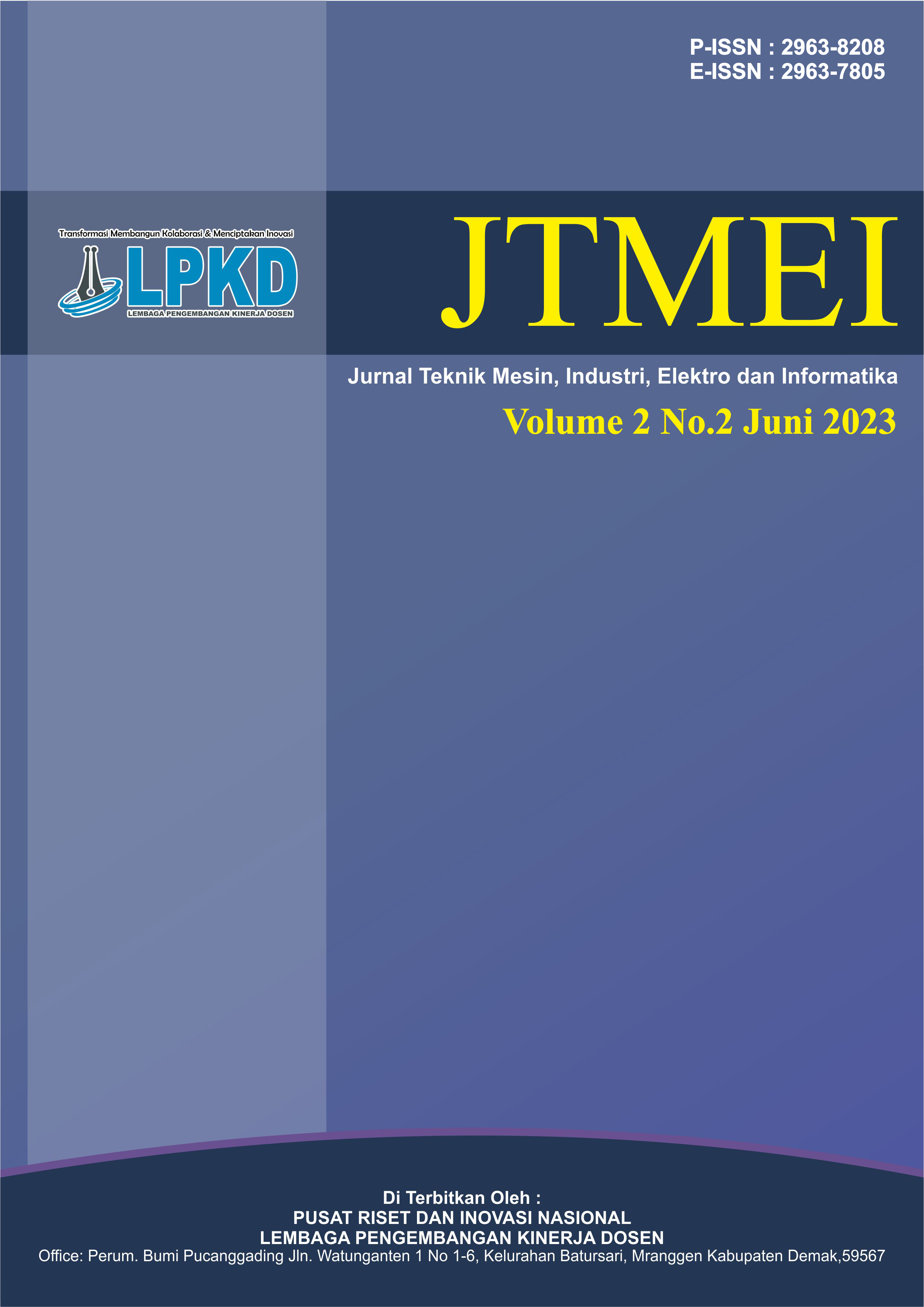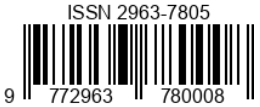Perancangan Game Edukasi Matematika Menggunakan Construct 2 Untuk Kelas VII di SMP N 1 Lareh Sago Halaban
DOI:
https://doi.org/10.55606/jtmei.v2i2.1637Keywords:
Game Educationi, Mathematics, construct 2, Research And Development (R&D)Abstract
This research is based on the problems found based on the results of interviews with mathematics teachers and students at SMPN 1 Lareh Sago Halaban that the media used in the learning process only uses the blackboard with lecture and discussion methods, there is no technology-based learning media, especially educational games that are used by teachers to students related to mathematics lessons caused a lack of interest and activeness of students in mathematics subjects. Based on this, the solution given is to design a learning media. The purpose of this research is to produce learning media products in the form of educational games with the help of software Building 2 mathematics subjects at SMPN 1 Lareh Sago Halaban. The design of mathematics education games uses the construct 2 design application at SMPN 1 Lareh Sago Halaban with the Research and Development (R&D) research method using the MDLC (Multimedia Development Life Cycle) development model from Luther Sutopo the development model is explained in 6 stages, namely Concept, Design, Materials Collection, Assembly, Testing and Distribution. The product test used in the research is the validity test, practicality test, and effectiveness test. The product test results show that the educational games designed are valid, practical and effective. For the results of the validity test of three validators, the score was 0.88, the practical test by 3 practi- tators was 0.97, and the effectiveness test of twenty people was 0.92.
Downloads
References
Afrianti, S., & Musril, H. A. (2021). Perancangan Media Pembelajaran TIK Menggunakan Aplikasi Autoplay Media Studio 8 di SMA Muhammadiyah Padang Panjang. Jurnal Informatika Upgris, 6(2), 2–7.
Astuti, I. A., Harwanto, A., & Hidayat, T. (2019). Pengembangan Media Interaktif Pengenalan Sistem Tata Surya Menggunakan Framework MDLC. Eksplora Informatika, 8(2), 158–166.
Haswan, F., & Al-hafiz, N. W. (2017). Aplikasi Game Edukasi Ilmu Pengetahuan Alam. Riau Journal Of Computer Science, 3(1), 31–40.
Haviz, M. (2016). Research and Development; Penelitian Di Bidang Kependidikan Yang Inovatif, Produktif Dan Bermakna. Ta’dib, 16(1).
Ikhbal, M., & Musril, H. A. (2020). Perancangan Media Pembelajaran Fisika Berbasis Android. Information Management For Educators And Professionals : Journal of Information Management, 5(1), 15.
Khomarudin, A. N., & Efriyanti, L. (2018). Pengembangan Media Pembelajaran Mobile Learning Berbasis Android Pada Mata Kuliah Kecerdasan Buatan. Journal Educative : Journal of Educational Studies, 3(1), 72.
Nurdiana, D., & Suryadi, A. (2017). Perancangan Game Budayaku Indonesiaku Menggunakan Metode Mdlc. 3(2), 39–44.
Qalbi, R. W., & Derta, S. (2020). Perancangan Aplikasi Monitoring Ibadah Harian Siswa Berbasis Android di SMAN 2 Tilatang Kamang. 4221, 1–12.
Satrio, A., & Gafur, A. (2017). Pengembangan visual novel game mata pelajaran ilmu pengetahuan sosial di sekolah menengah pertama. Jurnal Inovasi Teknologi Pendidikan, 4(1), 1.
Smp N, D., Pangkalan, K., Okra, R., & Negeri, S. (2019). Pengembangan Media Pembelajaran Digital IPA Yulia Novera. Journal of Educational Studies, 4(2).
Tafonao, T. (2018). Peranan Media Pembelajaran Dalam Meningkatkan Minat Belajar Mahasiswa. Jurnal Komunikasi Pendidikan, 2(2), 103.








